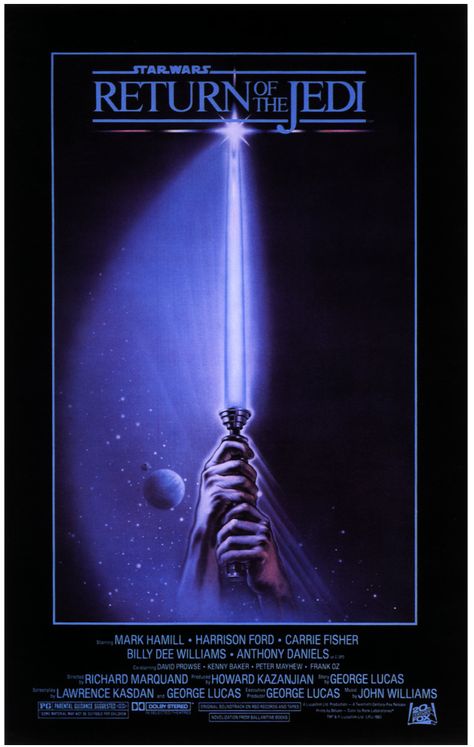Lightsaber
General Info

| Item Name | Lightsaber |
|---|
Overview
A lightsaber is distinguished by an intimate connection with its owner. A Jedi or Sith creates their lightsaber, a ritual that is considered a training phase. The Kyber Crystal, which is force-sensitive, is attuned to the wearer; it is often said that he chooses the Jedi rather than the other way around.
In battle, the lightsaber can deflect projectiles and block other lightsaber blades, requiring great skill and sensitivity to use the power effectively. An elegant weapon is simply not a tool, but an extension of the wearer's body and a reflection of their connection to the Force. Its existence is not only a weapon, but also a symbolic artifact representing peace, discipline and justice; reinforcing the ancient mythic properties of the Star Wars universe.
Creation and Development
The idea of a lightsaber took root in the mind of George Lucas when he wrote the original screenplay for Star Wars. In his early sketches, Lucas envisioned a fast-paced, high-level fighting culture that would require elegant and deadly weaponry. Thus was created the lightsaber, a mystical device that reflects the strength, skill, and attunement of its owner. During production, the lightsaber underwent major changes. Originally, it was believed that any trained Jedi or Sith could wield a lightsaber. However, in his latter work, Lucas focuses heavily on the relationship between the lightsaber and the Force. This intimate relationship heightens the drama and spiritual intrigue surrounding lightsabers, elevating them from mere weapons to quintessential spiritual symbols.
Lucasfilm's props team also faced an interesting challenge in creating a physical artifact. The grip is inspired by the retro design of early camera flash grips, creating a grounded yet otherworldly aesthetic. The unique light and sound of the blade, the result of careful sound engineering and special effects, conveys the raw power and menace of the weapon.
The development of lightsabers in the expanded universe and the sequels introduced new dynamics and colors. Various nuances indicated the role of the Jedi and the progress of the Sith. The introduction of different forms, such as double-sided and curved handles, expanded the character's uniqueness and fighting style. Rogue Jedi, Dark Jedi, and Gray Jedi added more complexity and variety to the color spectrum.
In short, the creation and development of a lightsaber is as complex and fascinating as the Star Wars saga itself. From a simple concept to an iconic symbol of the battle between light and dark, lightsabers, like their masters, follow a deep journey of evolution and purpose. This is the true beauty of the lightsaber: an embodiment of philosophy and battle, a manifestation of order and chaos, a beacon of resilience and the force that holds the Star Wars universe together.
Cultural Impact
In addition to its appeal as a fantastic weapon, the lightsaber is symbolic of many philosophical aspects of Star Wars. This is the contrast between the peacekeeping ways of the Jedi and the destructive intentions of the Sith, symbolized by the colors: blue/green for the Jedi and red for the Sith. So this stark dichotomy in a simple theme has led to many discussions and debates among fans about morality, balance, and power. In the larger realm of science fiction, the lightsaber set an influential standard for future depictions of energy-based melee weapons in other franchises. The influence of this iconic weapon also extends to academia, where the concept and symbolism have become the subject of debate in film studies, visual arts, and even philosophy. Meanwhile, in technology, the lightsaber inspired scientists and engineers to move the idea of "controlled light" from fiction to reality.
There's no denying the impact of the lightsaber far beyond the original Star Wars setting, establishing itself in modern society and setting the ultimate standard for sci-fi weaponry. It's not just a prop, it's a shining beacon that hides the core of the mythology that brought Star Wars to life.
